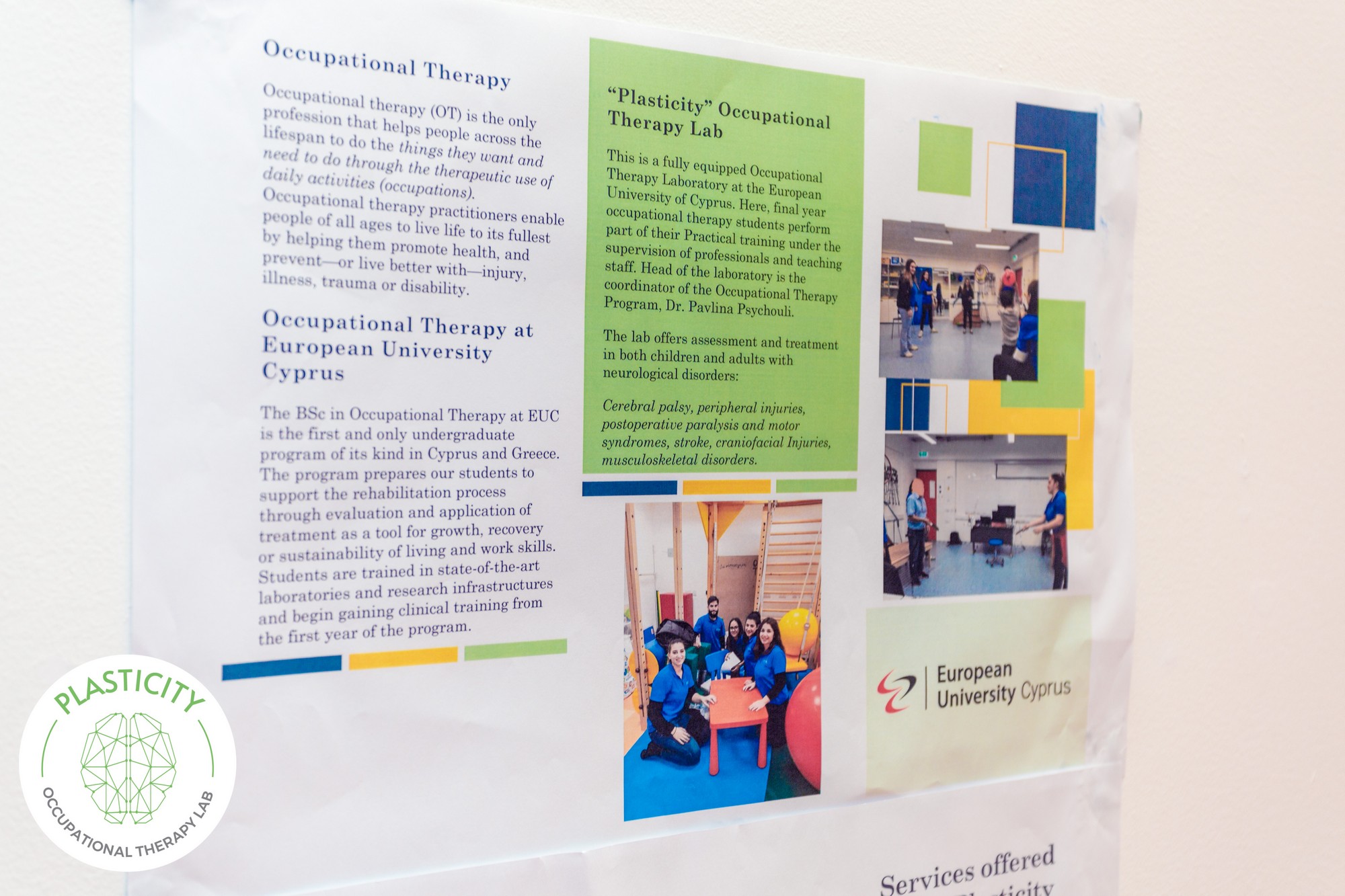Tel-rehabilitation is defined as “the provision of remote rehabilitation services using telecommunications technology”. Such technologies include telephone, virtual reality or video conferencing platforms, or anything related that allows the exchange of information between professionals and patients in real-time. Telehealth has great potential to improve patient care and achieve similar or better clinical outcomes than conventional interventions, better levels of compliance, and high satisfaction among patients and therapists (Blanquero, 2020).
The following table lists both the advantages and disadvantages of applying telerehabilitation through our own experience.
|
ADVANTAGES |
- It is possible to monitor the treatment regardless of the mileage that exists between the occupational therapist and the client.
- It promotes accessibility to people who cannot leave their homes either because they have no way to move, or because they live far away.
- Helps save time and money as there is no need for transportation.
- It gives vulnerable groups the opportunity to participate more safely in their treatment.
- Flexibility in working hours.
- Therapists can work if they are positive for Covid-19 or has a contagious virus, as long as they feel well. The same applies to the client.
- The occupational therapist has an accurate and clear idea of the environmental conditions the patient lives in, and, on the other hand, can point out the difficulties in real time and space. This helps the occupational therapist provide direct solutions and training placed in the real-world environment of the patient.
- Audiovisual material can be archived and used in the future for clinical or educational purposes.
- Based on studies, children’s parents show great interest in participation.
|
| DISADVANTAGES |
- There is always the possibility that sessions cannot take place due to technical challenges.
- There may be distractions at home (other people, animals, TV, mixer, etc.) that prevent the session from evolving smoothly.
- Sessions may end up being more tiring due to constant eye contact with the computer screen or touch screen.
- Non-verbal communication (expressions, posture) with the client and the therapist is limited.
- Therapeutic relationships take more time to build.
- Personal data is more “exposed” to external users (protocols, laws, and regulations have not yet been implemented in all countries.)
- Appropriate equipment might not be available.
- When an intervention/evaluation is required to take place in a room also used by other family members. It might be uncomfortable.
- Clinical evaluation of the customer may be hampered due to technical issues.
- Training/evaluation of activities carried out outside the client’s house may be challenging. (such as commuting by bus).
|
|
|
|
|
|
|
|
|
|
|
|
|
|
|
|
|
|
|
|
|
|
|
|
|

